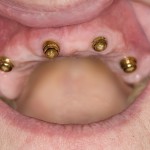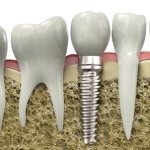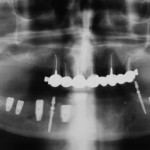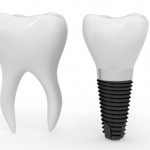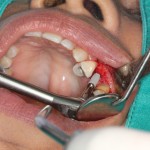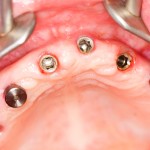
This review by Menini et al aimed to evaluate the prognosis of immediately loaded full-arch prostheses supported by both upright and tilted implants in the maxillae, after at least 1 yr. of function. The authors searched the PubMed, Cochrane Central Register of Controlled Trials (CENTRAL), and EMBASE databases for human studies that included participants of [read the full story…]
